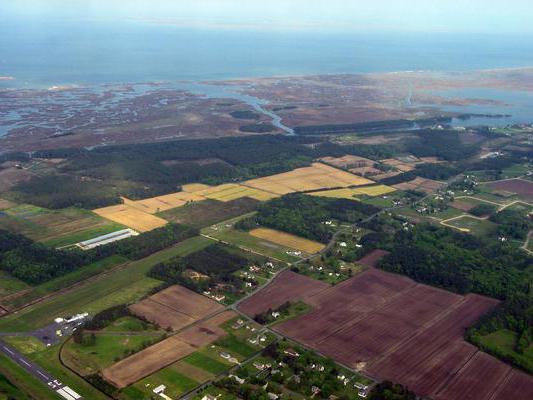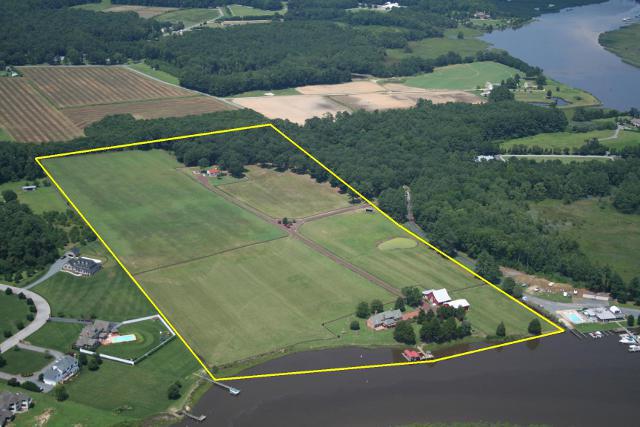The country's land is real estate owned by the state. It may dispose of it at its discretion. The whole territory is divided into sections. They have their own borders established in accordance with the legislation of the country. The rules provide for the registration of such allotments in the cadastral chamber. 
Earth: views land plots
Allotments that are in state ownership cannot be rented, sold, or bought. Current legislation allows the change of the permitted type of land plots. When combining or dividing allotments, new boundaries of the territory are formed. They are called artificially created. In this case, the former plots cease to exist immediately after the registration of new ones in the state register and receipt of the relevant documents.
Classifier of land use types
The entire territory of the country is divided into certain categories according to the target and economic grounds. In particular, there are the following uses of land:
- Agricultural purpose.
- Water and forest resources.
- Industrial purpose.
- Land settlements designed for construction.
- Protected areas.
- Land stock.
- Territories included in shared ownership condominium.

Each permitted type of land has both a special and a general purpose. Different groups can be closely related to each other. They are mutually intertwined and complemented, according to zoning. Allotments can be indivisible or divisible. The latter include those that, after zoning, can form several sections. Indivisible plots cannot be divided.
Important point
Allot any form of ownership must go through state registration. After this procedure, territories are assigned unique cadastral numbers. The owner may dispose of the plot exclusively in accordance with the intended purpose. The establishment and change of the type of land is carried out only by decision of the authority.
Agricultural territory
It includes the types of land provided for agricultural activities. As a rule, they are located outside the settlements. This category includes allotments:
- Allocated for conducting individual farming.
- Territories of auxiliary industries.
- Plots allocated for arable land, pastures, hayfields, orchards and so on.
- Allotment of gardening, horticultural, summer residence societies.
- Territories of experimental research stations.
- Especially valuable plots.

Agricultural land also includes on-farm roads, land, buildings, landings, etc.
Water and Forest Fund
Most of these lands are under natural objects. In particular, the territory of the water fund is:
- Swamps.
- Glaciers.
- Reservoirs.
- Rivers.
They also include areas on which hydraulic structures are located. Forestry includes forestry and forestry.
Industrial area
It includes the types of land intended for:
- Construction of industrial facilities.
- Transport network.
- Communication objects.
- Defense complexes.
- Energy institutions.
These territories may be in state, communal or private ownership. 
Settlements
The types of land included in this group are intended for the development and development of cities and villages. The territories of the settlements are divided into zones.Their boundaries are approved or changed by local authorities. Settlements include land engineering, public, residential and other infrastructures. Allotment may relate to only one zone. The territories of general use that are reserved for squares, streets, roads, ponds, squares, etc., cannot be privatized. Moreover, they can belong to different zones. The borders of cities and other settlements separate them from other sites.
Protected Areas
These include the types of land of historical and cultural value. Federal Law does not allow the exploitation of these territories, except for their intended purpose. This category includes:
- Reserves and sanctuaries.
- Botanical Gardens.
- Natural and national parks.
- Other objects representing the property of the country.

Territories of horticultural, vegetable garden and country associations
These categories relate to settlement lands. Relations with such allotments are regulated by Federal Law No. 66. Its norms establish three categories of legal entities that can be created by citizens to exercise their rights:
- Nonprofit associations.
- Consumer cooperatives.
- Gardening and summer house partnerships of a non-commercial type.
In the latter case, property that is formed by contributions from all members is their common property. Participants in a consumer cooperative unite shares. Thus, they create common property. The owner of the cooperative itself is a legal entity. The property, which is formed by the contributions of members of a non-profit association, also belongs to a legal entity. Citizens who conduct cottage and gardening can use the infrastructure and material values of the cooperative. In this case, a certain fee may be established in writing.
Specifics of legislation
Federal Law No. 66 regulates the procedure for the provision, zoning of lands intended for country and garden use. The rules also establish the rules for the formation of non-profit associations. The Law reflects the principles of regulation and management, establishes the obligations and rights of participants, the specifics of privatization of allotments. The Federal Law does not allow changes in the intended purpose and type of use of these lands in transactions with them. 
Features of ownership and management of territories
All types of land rights can be considered from two perspectives. They can act as legal facts. In accordance with them, ownership of the plot arises. They are also considered as a set of opportunities related to the management, ownership and operation of territories. These positions are closely related. The basis of the right of ownership establishes the framework of powers, and they, in turn, depend on the grounds on which citizens belong to one or another allotment.
Main categories
The following types of rights to land plots exist:
- Own.
- Possession.
- Order.
- Use.
The property arises under the following conditions:
- Legal capacity of an individual.
- Compliance with the rules for obtaining the allotment.
A citizen must have rights that allow him to be the owner and in accordance with this bear responsibilities and realize legal opportunities independently. Compliance with the rules by which the allotment is acquired provides for the fulfillment of the conditions of sale and purchase, compliance of the agreement with the standard model, etc. 
Possession
This right implies the possibility of the owner to prevent strangers from entering his territory or to limit the circle of persons having access. In some cases, ownership extends to territory outside the allotment owned by the owner. For example, the right of easement. Ownership has a number of state restrictions.For example, a citizen cannot prohibit the entrance of state inspectors carrying out control measures.
Order
This right is limited by the legislative framework to the extent that arose as a result of the need to prevent the realization of private interests to the detriment of public interests. An example is a transaction with a territory in common ownership. When selling his share, a citizen must not violate the right of preemptive acquisition of other owners.
Collision avoidance
In order to preserve public and private interests in the process of disposing of land, a specific procedure for regulating the procedure for registration of rights to land plots is provided. So, the following are subject to special registration:
- All transactions made.
- Ownership of land and structures located on it, etc.
Given the characteristics of the objects under consideration, the legislation establishes the relative and real property of citizens. In the latter case, the right exists for plots defined on the ground in kind. In these cases, there is no need to clarify the boundaries and legal possibilities. Relative law is provided for land plots owned by partnerships and business entities, two or more citizens at the same time. In these cases, allotment shares not allocated in kind are objects. To convert them into real property, clarification of the boundaries and the implementation of other technical and legal procedures are required.








